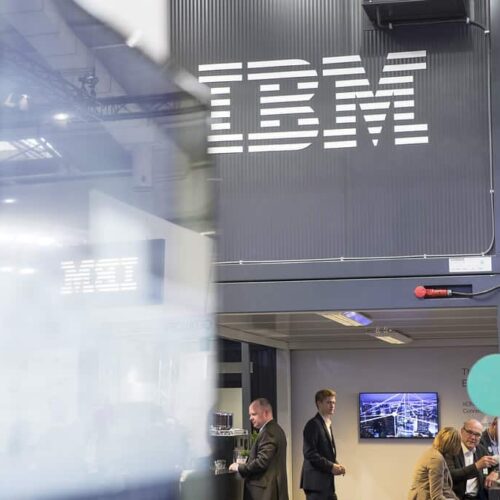Introduction
We’re continuing our series of Q&As with reporters who have uncovered powerful investigative stories. This week, we’re featuring ProPublica reporter Peter Gosselin, who, with his colleague Ariana Tobin, reported on how IBM cut tens of thousands of U.S. workers — especially older employees.
The story effectively made IBM the corporate face of age discrimination, prompted lawsuits and a nation-wide investigation by the Equal Employment Opportunity Commission. It was also a milestone in how to effectively use crowdsourcing in reporting.
How did you get the story?
Literally, we were led to it by the crowd. I began covering age discrimination after being laid off at 63 just as my twins started college. I spent six months writing about the age-bias law and how it had been gutted. I was stuck about where to go next when my colleague, Ariana Tobin, suggested I write up a brief account of my own experience and we do a social media callout. I’d never heard of such a thing. We got hundreds of responses, many from IBMers. That launched us.
What were the challenges of reporting and how did you navigate them?
We faced two big challenges. The first was handling so many sources. When we followed up our initial callout with a second one aimed specifically at IBMers, we got thousands of responses. Ariana did a spectacular job assembling that community and keeping it informed. We both worked at talking to as many people as possible and finding the ones who could give us the greatest insight.
The second challenge involved figuring out how to understand IBM. The best investigative pieces meld compelling personal stories with data that shows readers why they should take the individual stories seriously — because they fit a pattern. Virtually everything ProPublica does is grounded in data. But when it comes to private-sector companies, especially large, complex ones like IBM, good data can be hard to come by because firms aren’t required to release it. What we settled on was to make sure we could show similar age-discriminatory practices across different business units within the company. Not perfect, but the best available to us and a way to fix a standard for what counted as proof.
The takeaway: Sometimes, the best investigations are audience-led.


Join the conversation
Show Comments